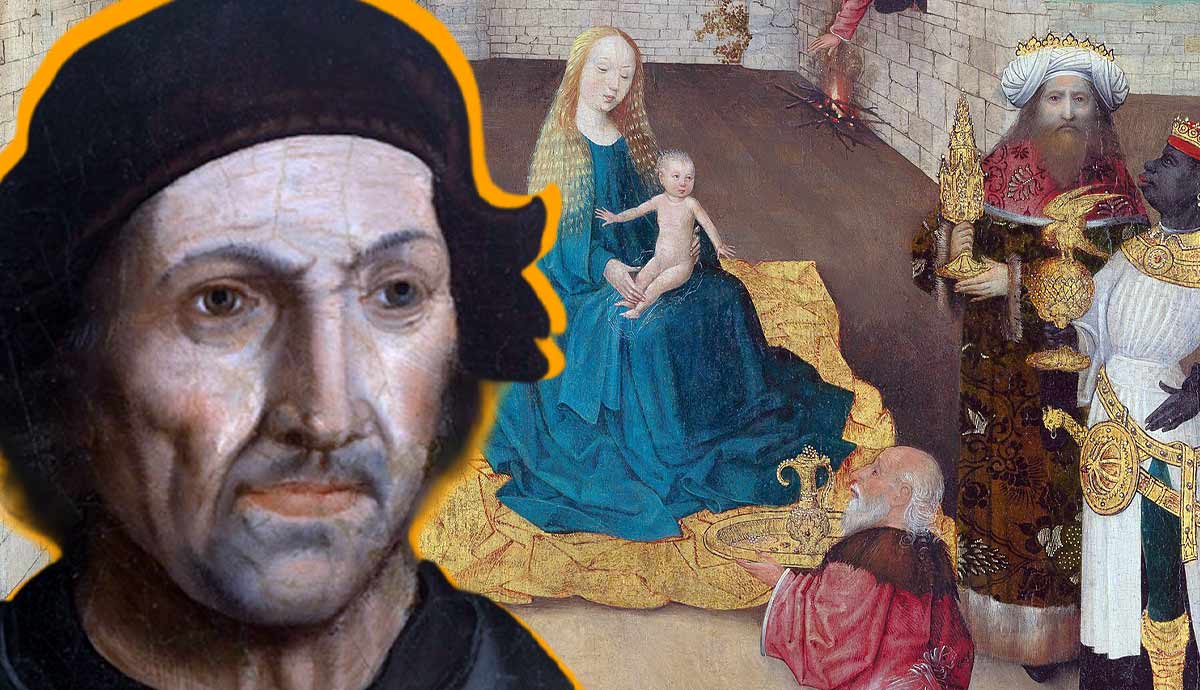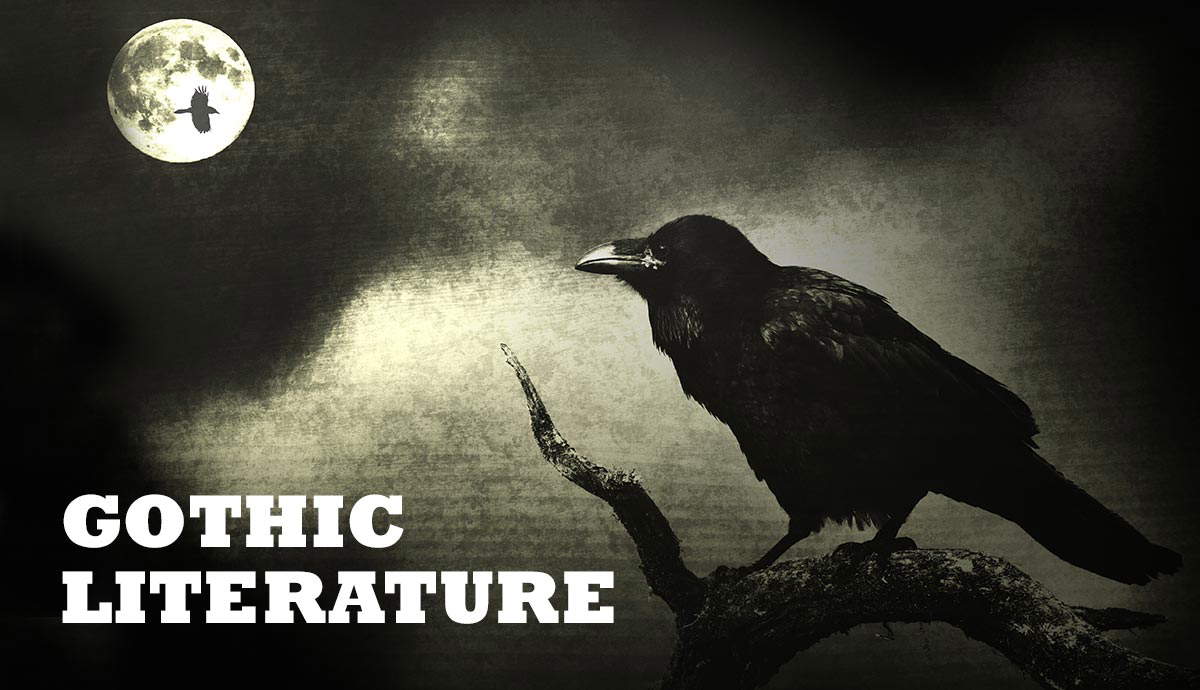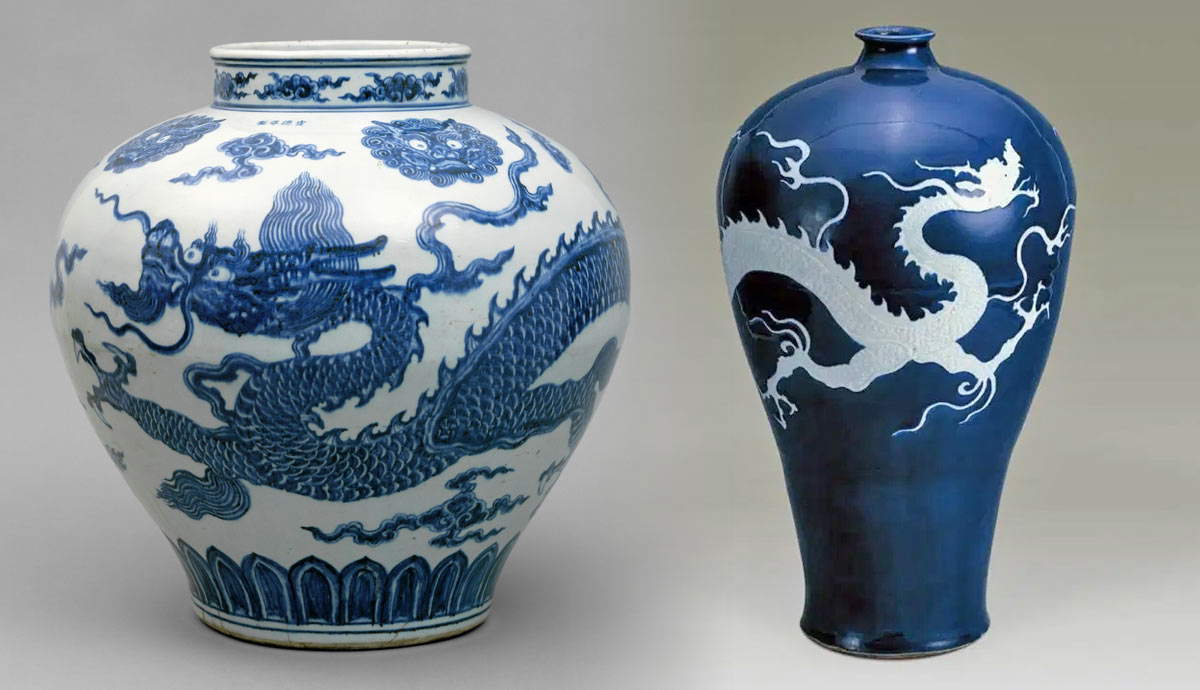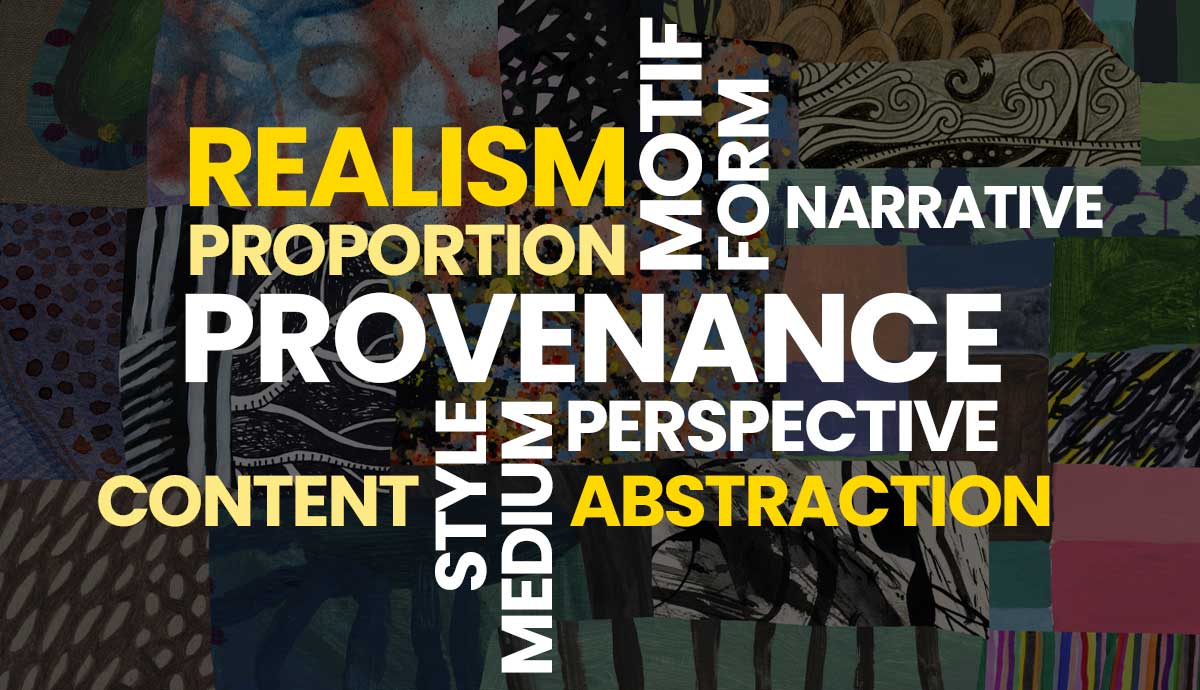
Navigating the art world can be tricky. Over centuries of existence, art theory and criticism have amassed thousands of specific terms related to artworks, their makers, and the characteristics of both. Do you know what provenance, perspective, or proportion mean when we are talking about art? Read on to familiarize yourself with 15 essential art terms and their meanings, illustrated with works by famous artists.
1. Provenance

Provenance is crucially important for art historians and collectors since it refers to an artwork’s origins and chain of owners. Solid provenance is necessary when someone is trying to prove the authenticity of a work by tracing its roots back to the artist’s studio. Gaps in the ownership chain are also suspicious, meaning that an artwork might have been destroyed or replaced with a fake.
Professional art forgers often pay more attention to fabricating plausible provenance than to creating quality fakes. Some forge personal letters from artists, receipts, and archival documents to convince art experts.
2. Perspective
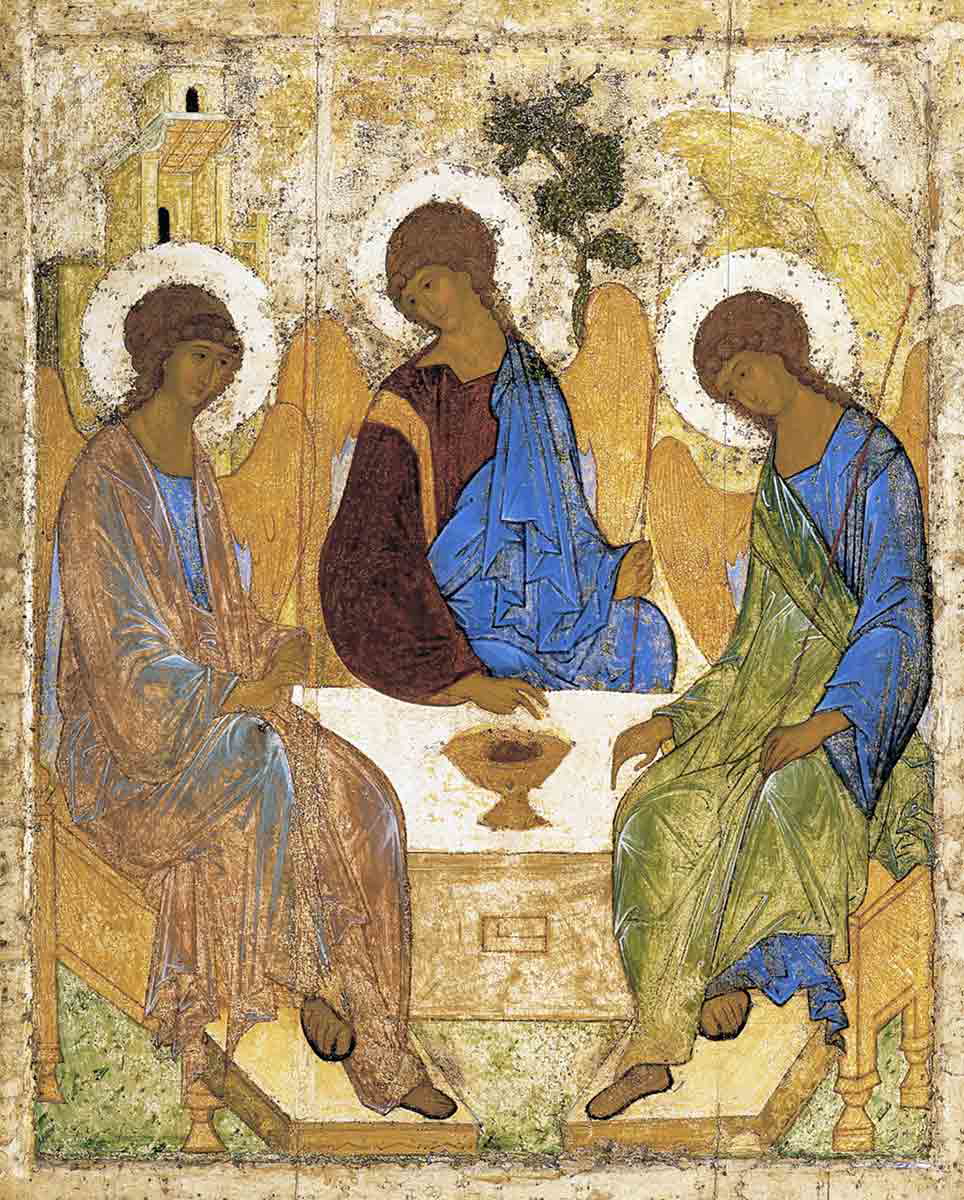
Perspective is a way of representing three-dimensional space in a two-dimensional artwork like painting, drawing, or engraving. Usually, the construction of perspective relies on perspective lines that meet at a single point of the image, creating the illusion of space. Traditionally, in Western art, artists rely on linear perspective with perspective lines meeting at the horizon. This type of perspective was popularized by the early Renaissance architect Filippo Brunelleschi.
Before Brunelleschi, Medieval artists most commonly relied on inverse perspective, with perspective lines meeting right in front of the image in the position of a viewer. Scientists working with visual perception insist that such a way of rendering space is much closer to the way the human eye interprets the world around it. For that reason, an inverse perspective can usually be found in children’s drawings.
3. Proportion
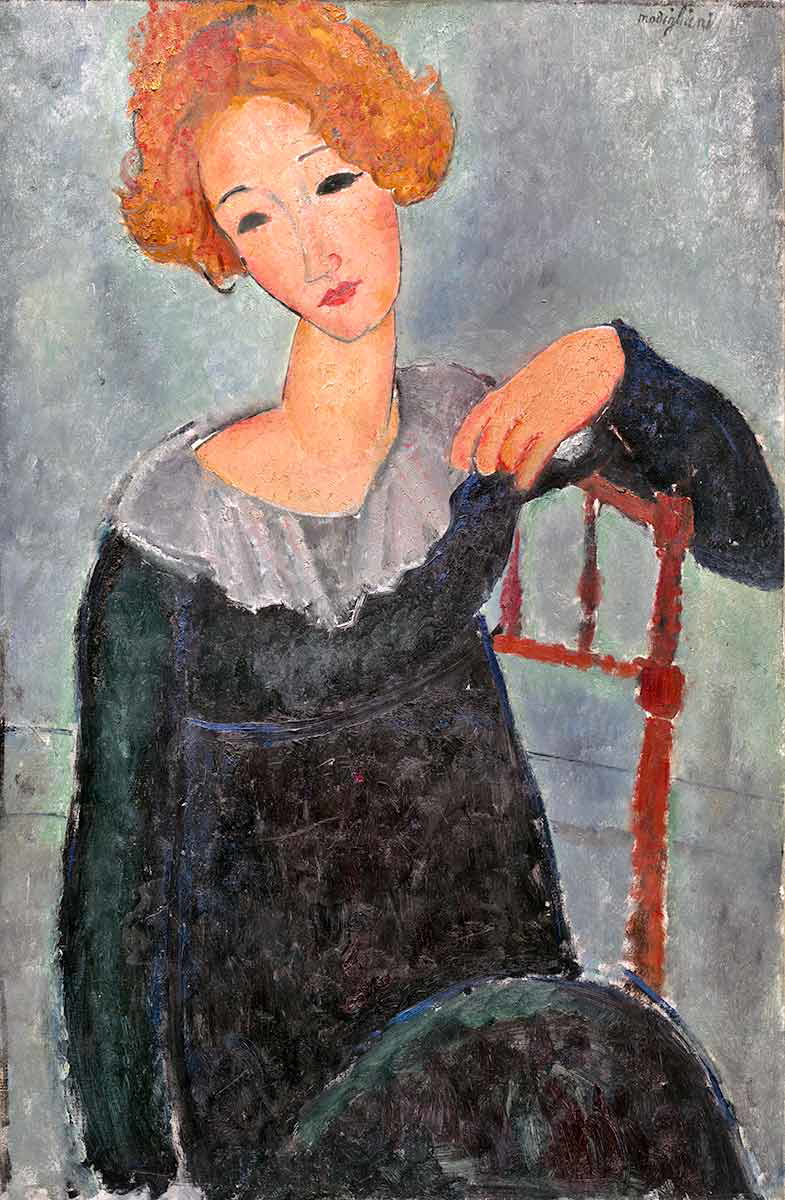
Proportion is a spatial relationship between various elements of an artwork, such as its height, length, and depth. It is a valuable artistic tool that can affect the viewer’s perception by establishing its dominance over the audience (or, on the contrary, diminishing the work in front of them) or highlighting specific fragments of the work. Some artists, like the famous Amedeo Modigliani, manipulated human proportions to create their distinctive style.
4. Realism

In its most direct sense, realism is a degree of life-likeness expressed by the artist in the work’s texture, proportion, and spatial rendering. Mannerist artists created extremely realistic painted illusions of objects as entertainment and curiosity for their commissioners. In a more specific sense, Realism refers to a mid-19th-century art movement that rejected the conservative and exalted art of Classicism or Romanticism. Realists painted their contemporary people, usually of the working class, their struggles, and daily reality. Famous realists include Gustave Courbet, Honore Daumier, and Ilya Repin.
5. Abstraction
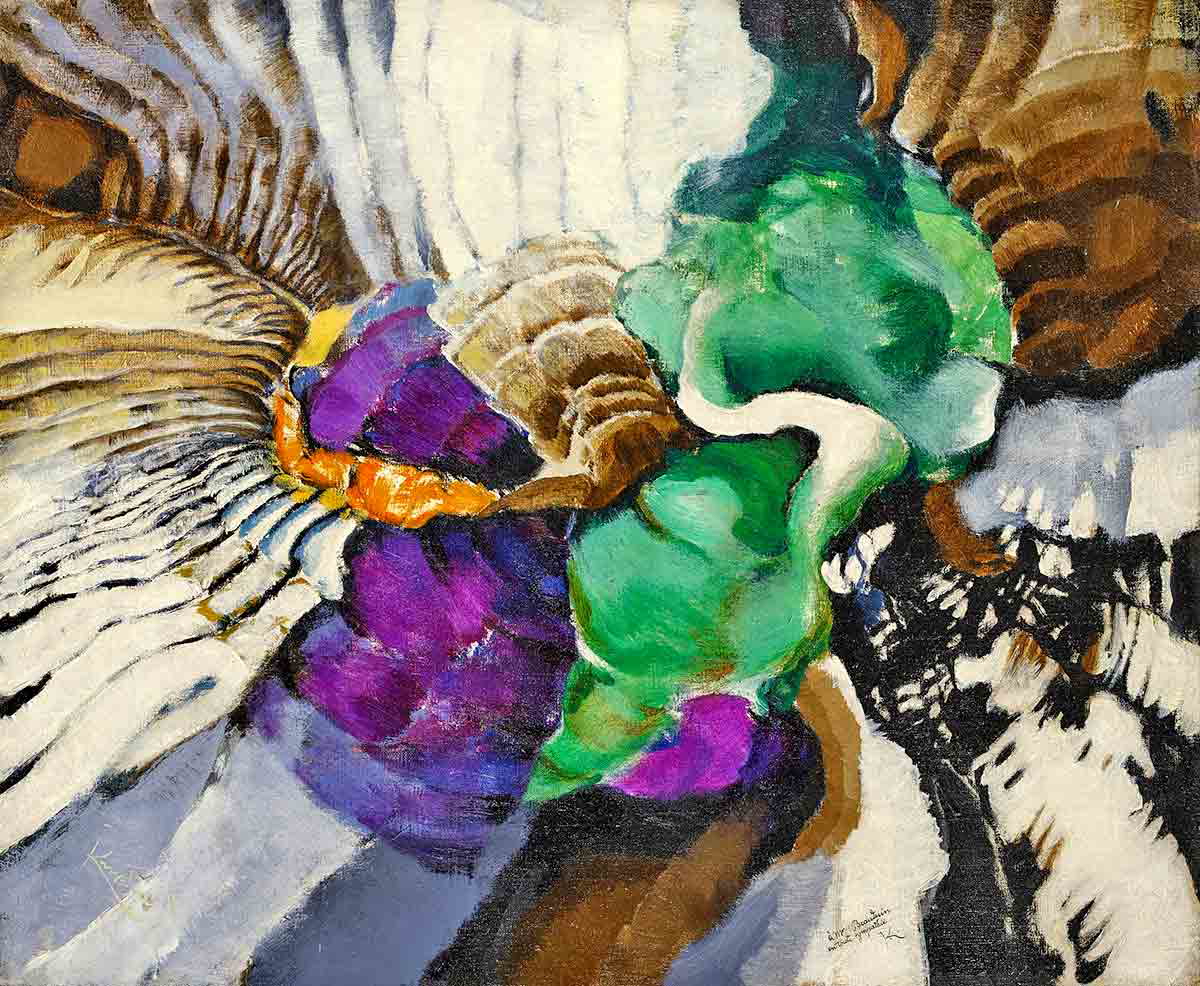
Abstraction is a rather controversial term in art, usually used in opposition to representation. Representational art deals with the depiction of physical objects and figures present in reality, while abstraction refers to intangible concepts that rely on perception rather than recognition.
The controversy with the term mostly concerns the fact that art historians still struggle to establish a boundary between abstract and representational. Some regard Islamic calligraphy as the earliest form of abstract art, while others insist that abstraction was a modern invention.
6. Color Theory
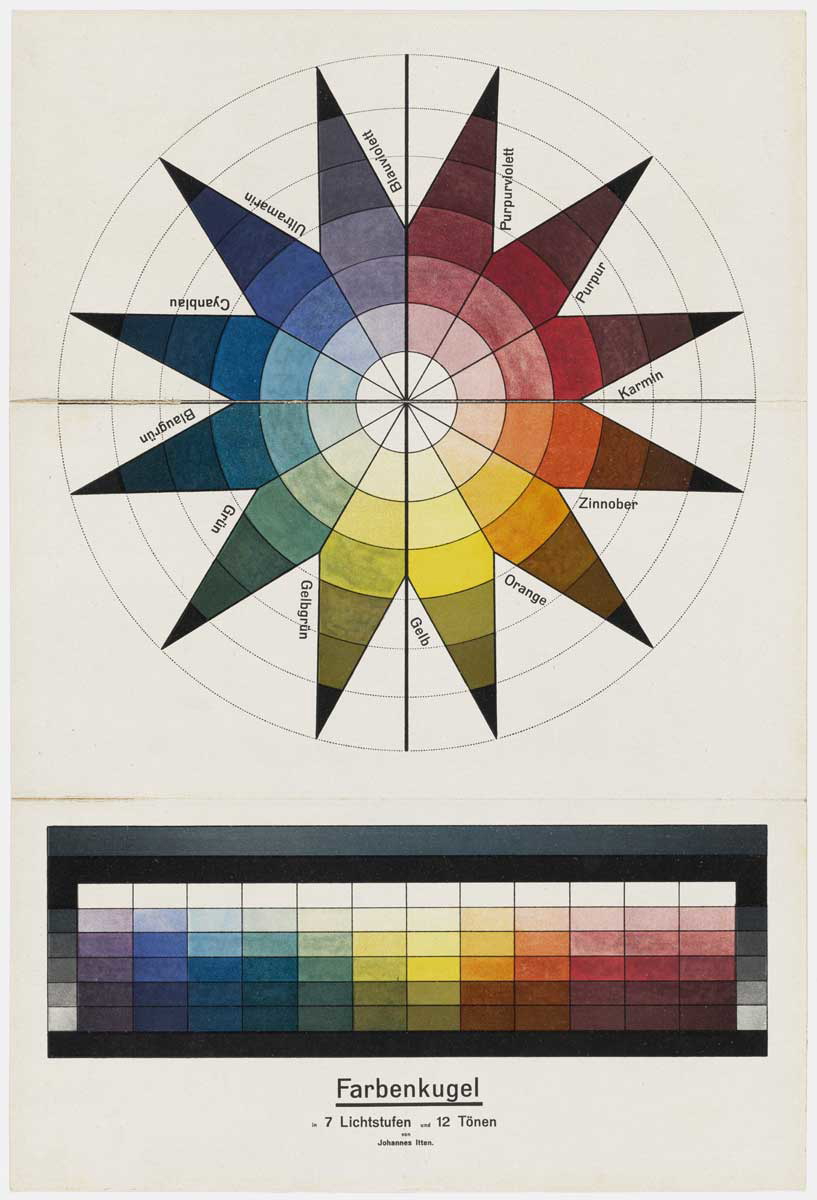
The term color theory refers not to a single body of theoretical work but rather to a vast category of research and writings produced by artists with a focus on colors and their interaction. The color theory covers the topics of mixing colors, their contrasts, and symbolism. In different historical eras, color theory had different emphases and different focus points. Medieval Persian scholars focused on exploring the varieties of color spectrums, while Bauhaus professor Johannes Itten created a color wheel, an instrument that helped artists and designers build harmonious color combinations.
7. Composition
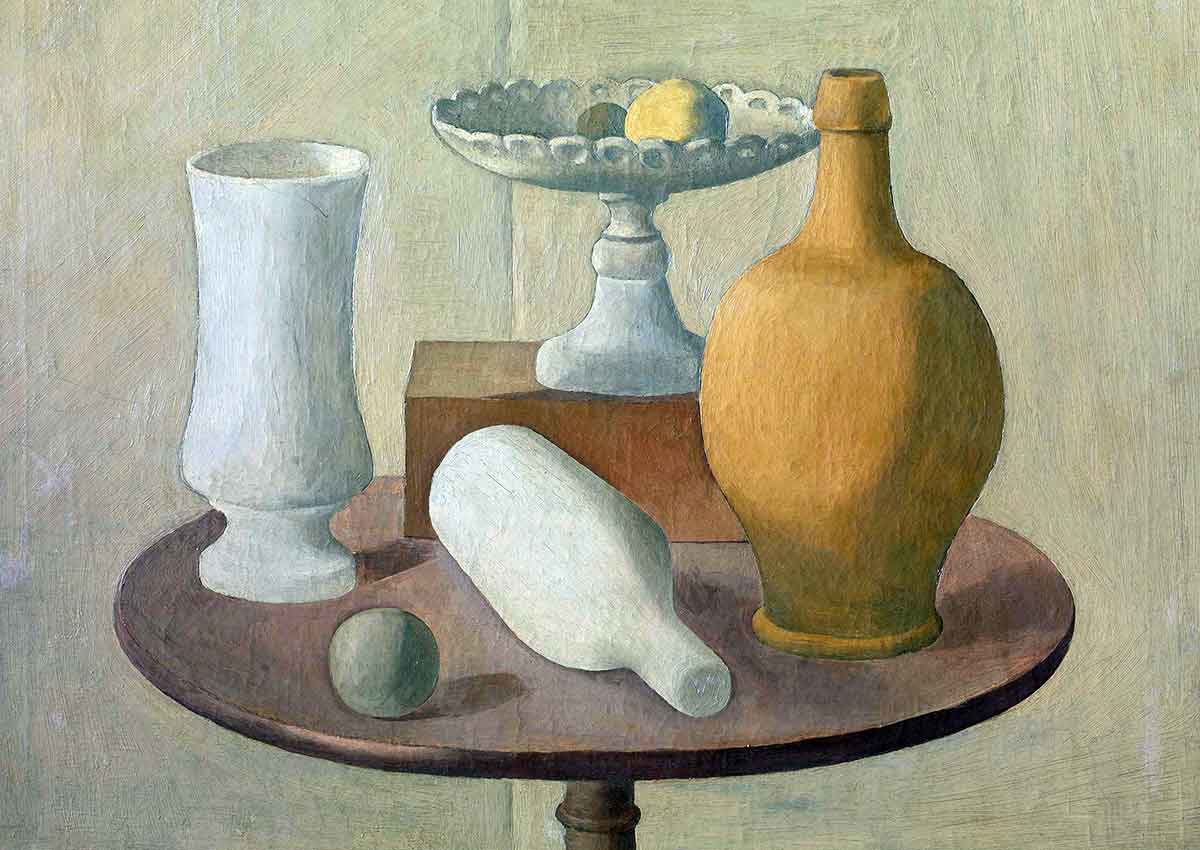
Composition is the arrangement of various elements of an artwork. Usually, artists aim for a balanced composition where no element overpowers another. Patterns and repeating forms can balance the composition, creating visual rhythms. Deliberate imbalances in an artwork’s composition can make certain elements stand out and be perceived as more important than others.
8. Iconography

Iconography is a frequently used and sometimes confusing art historical term. It refers to a classification of topics, motifs, and elements used by artists to depict a particular subject or character or by entire art movements and schools as distinctive traits of their style. In other words, iconography is a visual language that codifies a specific concept. For instance, the traditional Christian iconography of the Virgin Mary includes a blue-colored robe (sometimes with a red dress underneath), an infant Jesus in her arms, and (or) a white lily as a symbol of purity. These elements allow the viewer to recognize the painted figure as the Virgin Mary and not confuse her with another female saint or a secular portrait.
9. Iconology

Frequently confused with iconography, iconology as an art historical method was promoted by Erwin Panofsky, one of the most influential art theoreticians of the 20th century. Iconology is a method of interpreting a work of art through symbols found on it. These symbols, according to Panofski, hide social, historical, and cultural circumstances necessary to consider. This method proved itself useful in the art of the European Renaissance when artists coded ideas and messages in still lives and compositions. Despite its appeal, most art historians note that Panofsky’s method is hardly applicable to artworks created outside of Renaissance culture due to the different communicative and expressive goals.
10. Medium

A medium can be anything—anything a work of art can be made of, any base material that an artist wishes to transform into a work of art. Marble and bronze were the media of ancient sculptors. Medieval painters chose tempera paint (a mixture of egg yolk and mineral pigment), while most artists from the Renaissance to modernity preferred oil. In contemporary art, complex installations made with various media (paint, resin, metal, plastic, etc.) are usually described as mixed-media works. If the medium is a base material, then the way of its treatment by the artist—drawing, carving, folding, scraping—would be called technique.
11. Motif
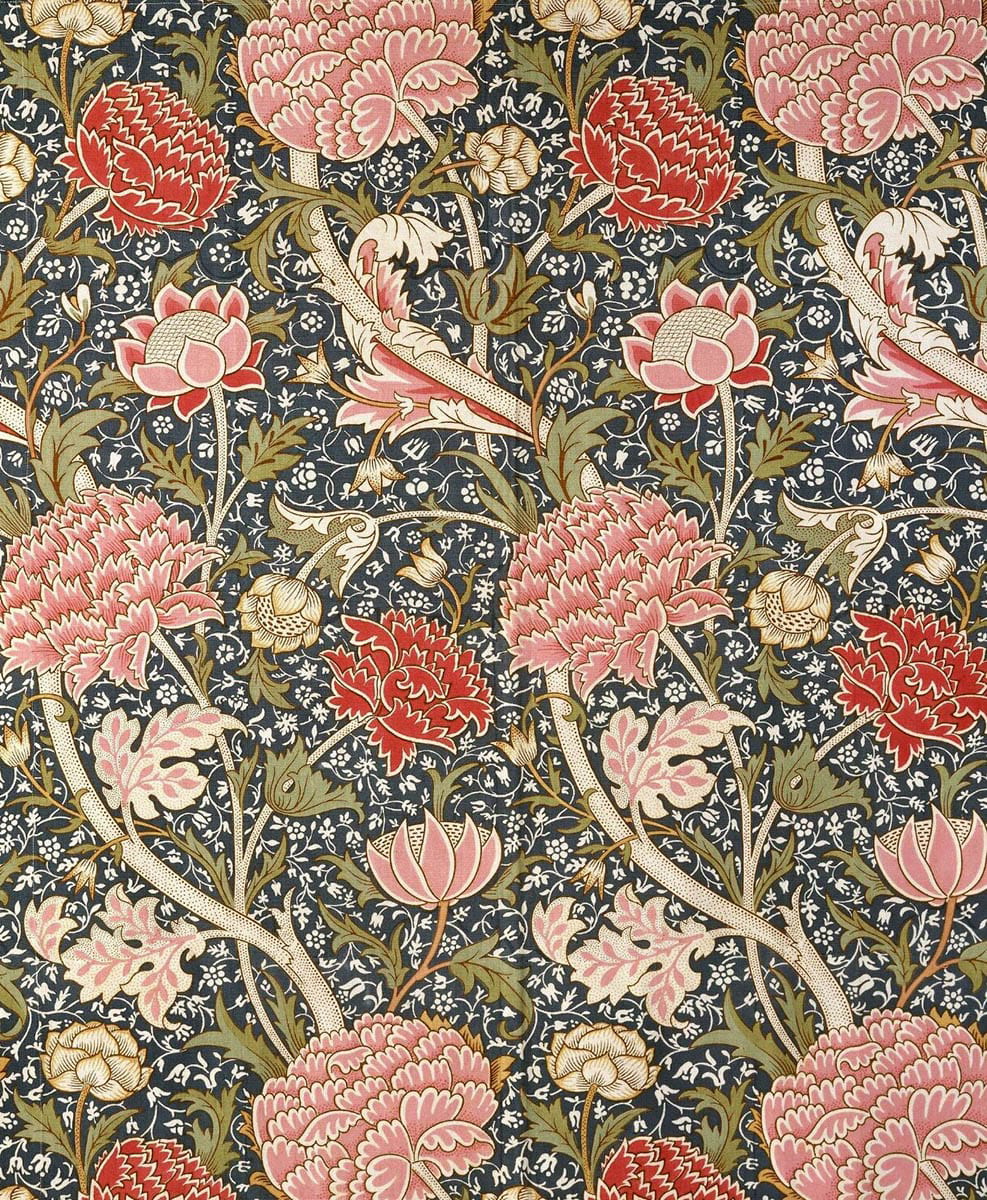
A motif is a small element of an artistic composition, identifiable and usually found in other works of the same artist, in a particular culture, or art history in general. Motifs can occur in patterns (e.g. grape motif in Roman mosaics), or exist as single fragments in more complex works. Identifying motifs is important for art historians since it can help trace the technical and mental evolution of an artist or the culture they worked in.
12. Narrative

A narrative is a story told by a work of art. In Medieval artworks, just like in present-day comic books, narratives can unfold gradually through a sequence of images, illustrating the progression of time. More commonly, narratives are expressed by depicting a single scene—usually, a culmination of the story. Storytelling through pictures is just as old as the human need to tell stories. In pre-modern art, artists usually borrowed their narratives from other sources like myths, historical records, or religious texts. In the modern and contemporary era, artists more frequently started to invent their own narratives explaining them in titles or texts accompanying their works.
13. Style
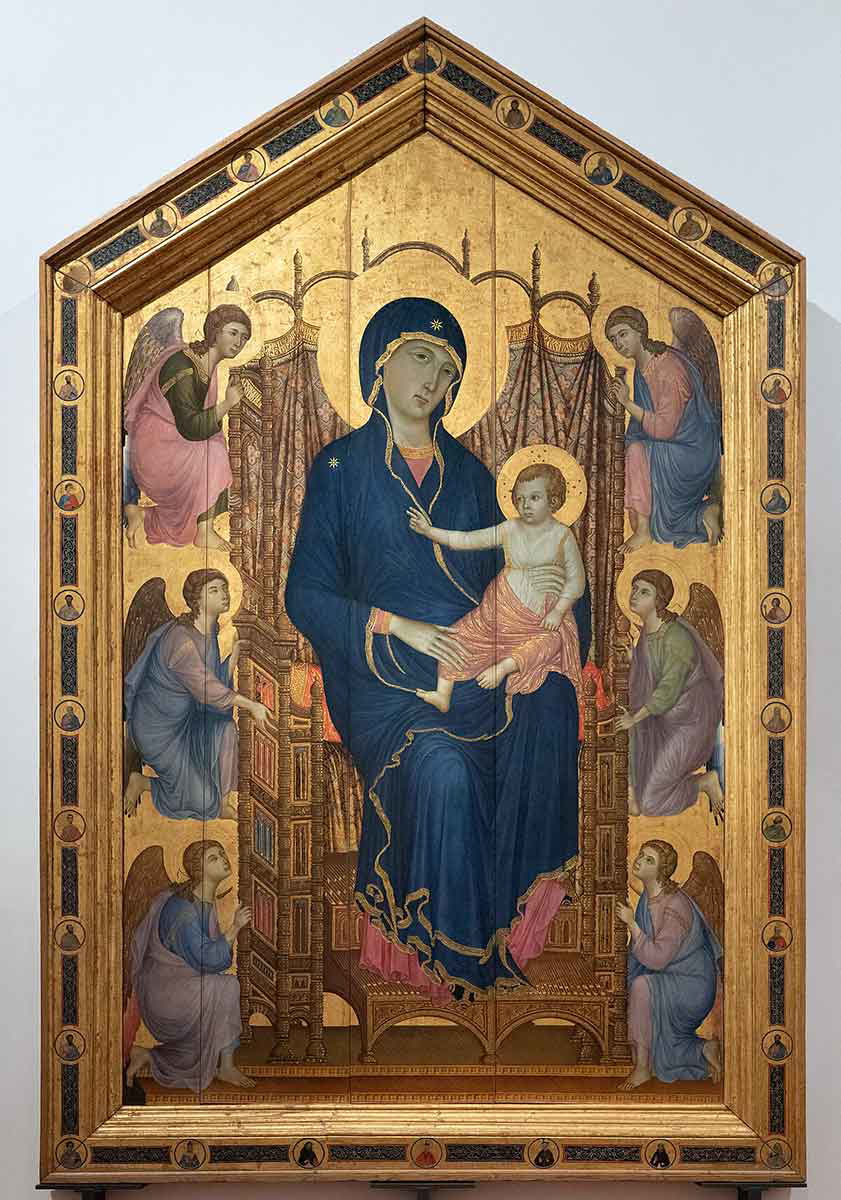
Style in art refers to the visual aspect of an artwork that relates it to other works of the same creator, artistic movement, era, or location in which it was created. Style includes the treatment of proportion and use of color, as well as particular forms of art. For instance, the style of the Sienese School, a group of 13th-century artists from Siena, Italy, was recognizable by elongated thin figures, rich color, and many decorative elements, partially borrowed from Byzantine art. The personal style of Georges Seurat relied on small strokes of unmixed paint that he applied close to one another, creating a mosaic-like image.
14. Form
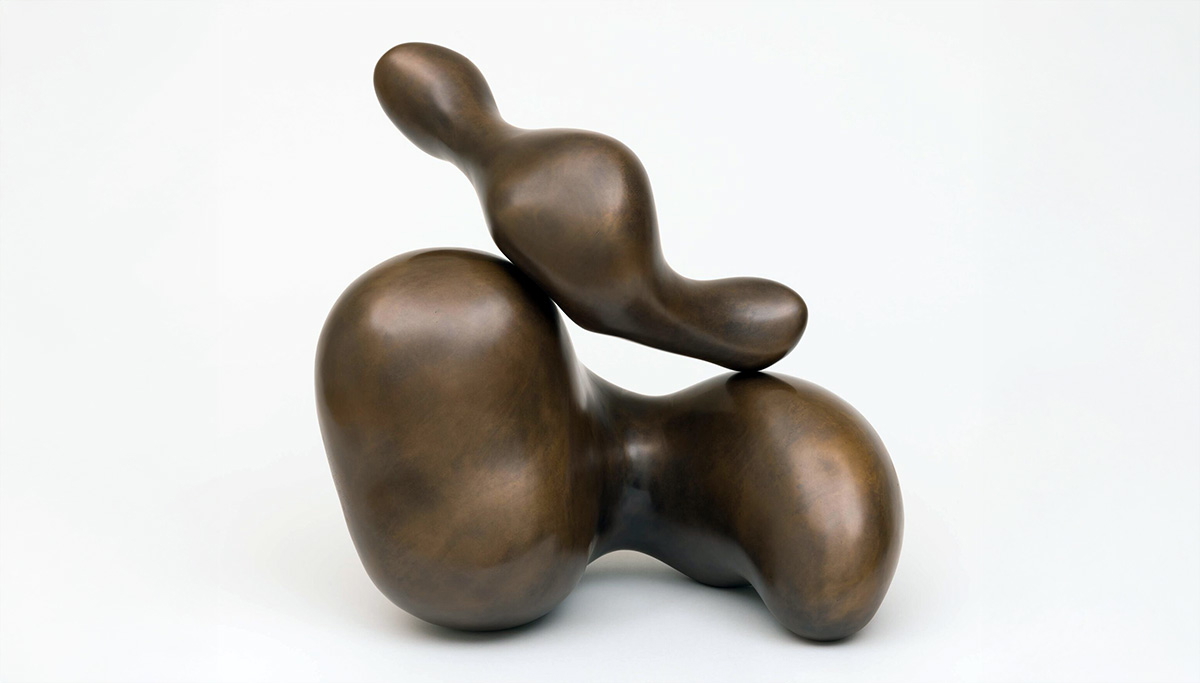
The term form in art has two possible meanings. The broader one refers to the types of art as domains of human expression. Traditionally, the list of art forms includes painting, sculpture, music, literature, architecture, performance, and film. In a more narrow sense applicable to visual arts, form is a three-dimensional physical characteristic of an artwork or its element. Fluid and irregular forms are usually called biomorphic, while those that align with flat shapes like squares and circles are called geometric.
15. Content
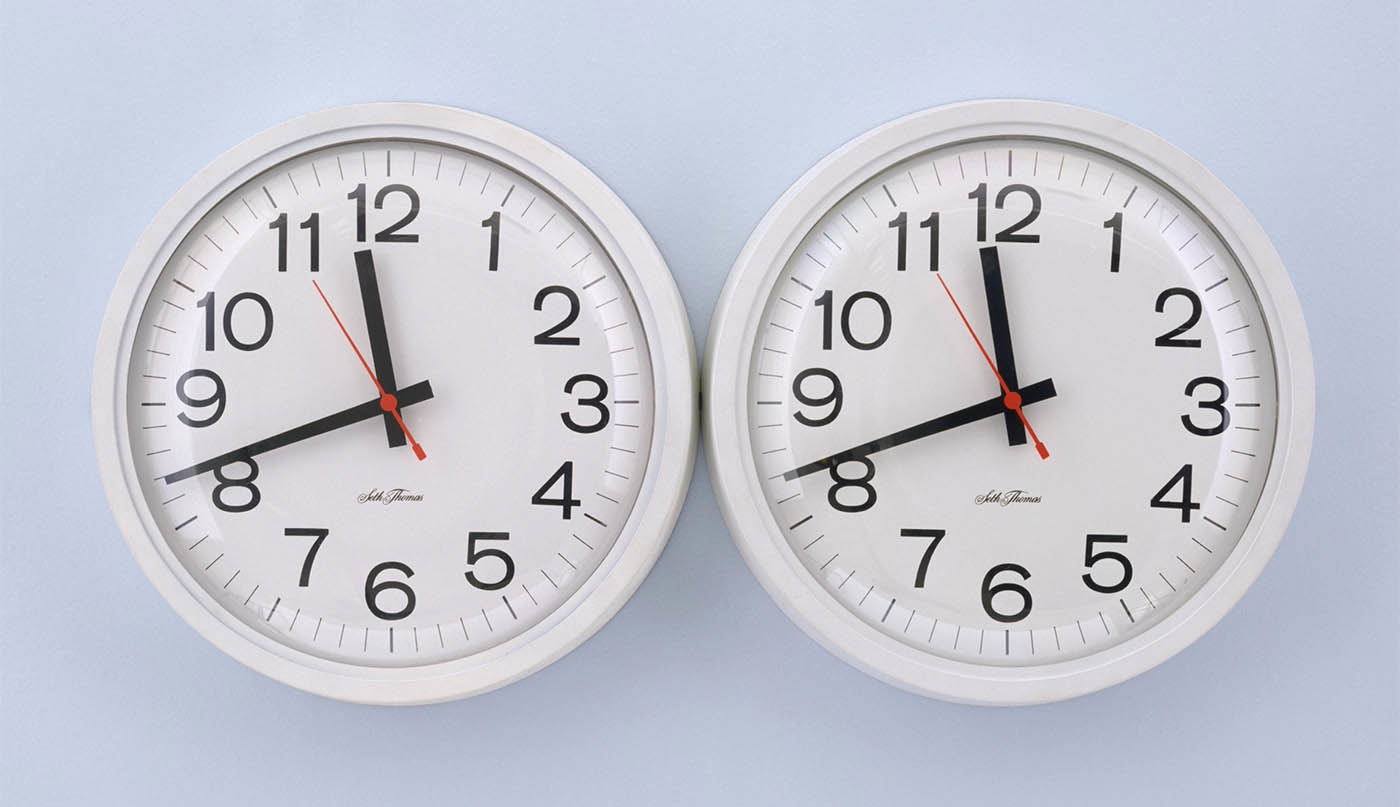
Content is usually believed to be the heart of an artwork. Some believe content is what separates a work of art from a decorative object. Content is the meaning of the artwork, its message, and idea, and the feeling it conveys to its audiences. Content is inevitably connected to the visual aspects of the work such as its style, subject matters, and symbols used, but nonetheless, it could move far beyond the pictorial characteristics. For instance, the work Untitled (Perfect Lovers) by Felix Gonzalez-Torres visually exists as a pair of identical clocks. From the point of content, however, this is an artwork about the AIDS crisis and the loss of a loved one.



